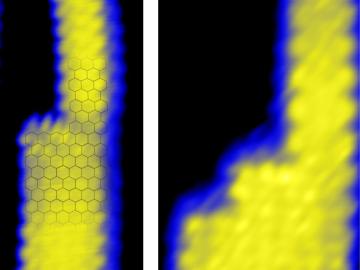Filter News
Area of Research
- Advanced Manufacturing (4)
- Biological Systems (2)
- Biology and Environment (7)
- Clean Energy (41)
- Climate and Environmental Systems (1)
- Data (1)
- Fossil Energy (1)
- Isotope Development and Production (1)
- Materials (21)
- Neutron Science (17)
- Nuclear Science and Technology (6)
- Sensors and Controls (1)
- Supercomputing (17)
- Transportation Systems (1)
News Type
Date
News Topics
- 3-D Printing/Advanced Manufacturing (1)
- Artificial Intelligence (1)
- Big Data (2)
- Bioenergy (2)
- Biology (1)
- Composites (1)
- Computer Science (6)
- Cybersecurity (2)
- Energy Storage (1)
- Environment (4)
- Exascale Computing (1)
- Fusion (1)
- Materials Science (2)
- Mercury (1)
- Microscopy (1)
- Neutron Science (2)
- Physics (2)
- Transportation (2)
Media Contacts
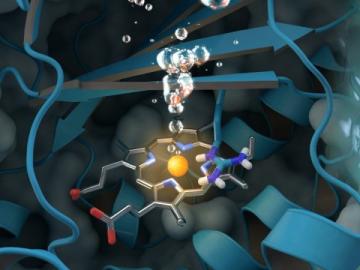
A new study sheds light on a unique enzyme that could provide an eco-friendly treatment for chlorite-contaminated water supplies and improve water quality worldwide. An international team of researchers led by Christian Obinger from the University of Vienna used neutron analys...
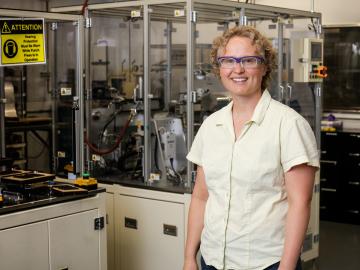
In the quest for better batteries, Rose Ruther has found that the positives nearly always outweigh the negatives, and that’s what keeps her coming back to the lab. Ruther works on novel materials to create batteries with higher energy density at a lower cost as part of the Roll to Roll Manufactur...
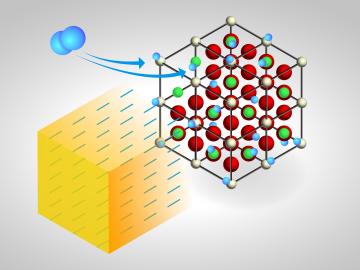

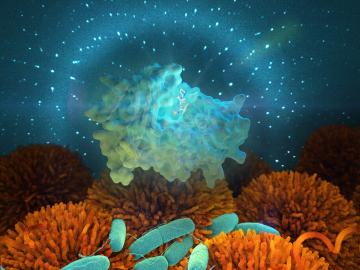
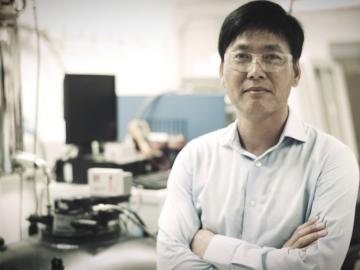

Geospatial scientists at Oak Ridge National Laboratory have developed a novel method to quickly gather building structure datasets that support emergency response teams assessing properties damaged by Hurricanes Harvey and Irma. By coupling deep learning with high-performance comp...
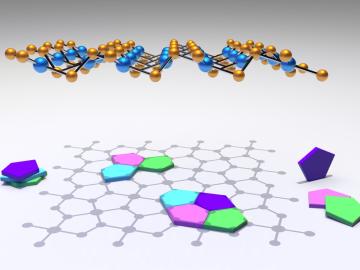
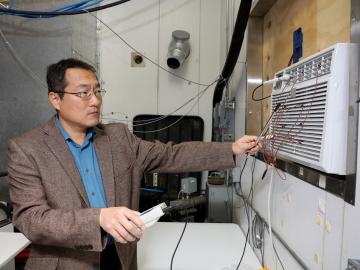
Cooling homes and small office spaces could become less costly and more efficient with new early stage technology developed by Oak Ridge National Laboratory. Researchers designed a window air conditioning unit that uses propane as the refrigerant, cooling the air with 17 percent h...
